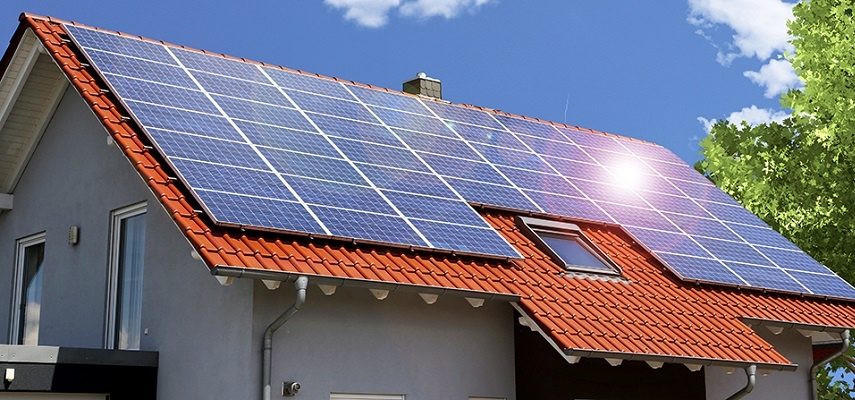
Photo Courtesy of Pixabay.com
Are you tired of paying higher than the average energy bills? You can start by taking it easy on your thermostat throughout the year, but gaining an understanding of where your energy is being wasted is the right move towards permanent change. While turning your thermostat up or down will save you some money on your bills whether you are in Michigan or Texas, addressing your underlying energy concerns can help you make big changes.
Performing an energy audit on your home will help you spot the things you need to change to reduce your carbon footprint and increase your sustainability. It will also help to bring your energy bills down. You can do an audit on your own or bring in a professional technician to help you.
Companies like Energy Texas can help you to figure out where you are wasting energy and help you to make the necessary changes. From inspecting your insulation to locating any air leaks in your home, there are plenty of things that you can do to look deeper into your energy usage. Let’s take a closer look at how to perform a home energy audit.
Check for Air Leaks
When you have hot or cold air seeping into your home through small leaks, it can create higher energy bills. Your HVAC system will have to work harder to keep your home at a comfortable temperature restricting its efficiency. Drafts around windows and doors may be easy to find, but the smaller leaks will need more effort to discover. You can conduct your own leak check with just a simple incense stick and some masking tape.
Close all the windows and doors in your house and turn off your fans and furnace. Then light the incense stick and start working around your home. Start with your fireplace, move on to the windows and then the doors. If you see the smoke from the incense starting to move at any point, you have located a leak. Mark it with the masking tape to be sealed after your inspection is complete.
Insulation Inspection
If your home is not properly insulated, it could be affecting your energy bills. In the winter, the right insulation helps to keep the warm air from your furnace from escaping. In the summer, your insulation helps to fight off the heat from the outdoors. To inspect your insulation, you will need to make a trip to the attic. Take a flashlight and take a close look at all your insulation. If it is starting to peel away so that you can see the interior of your roof you may need to add more insulation.
Change Your Lighting
If you are still using incandescent light bulbs in your home, you may be throwing money away on your energy bills. Swapping out your older bulbs for LED bulbs can save you up to 80%. You have the choice of bright white or warmer shades to suit any of your needs.
To increase your savings, you may need to change your habits. A great deal of energy is wasted in your home by lights being left on when they are not needed. Get into the routine of turning off the lights when you leave a room. You can also install smart timers that will turn off your lights at a programmed time. Smart home systems can also be programmed to turn the lights on and off as you enter or leave a room.
Inspect Your Furnace
Your furnace is like the heart of your home. It provides heat in the cold winter months and cools you off when the mercury starts to rise in the summer. If your HVAC system is not working properly, it could be costing you your energy bills. At least once a year, it’s a good idea to have your HVAC system inspected to run safely and efficiently.
Your HVAC filters should be changed at the start of each season or every three to four months. Your filters are the first defense system that helps to rid your inside air of pollutants, dust, and allergens. If your HVAC filters are full of debris, your system needs to work harder to force air through the filter. Make sure that you keep a supply of filters ready to switch out when needed.
With the right information, you can take action to create a more energy-efficient home. It only takes an afternoon to do your own home energy audit to help you determine how you can save money on your energy bills and create a more sustainable home.


































